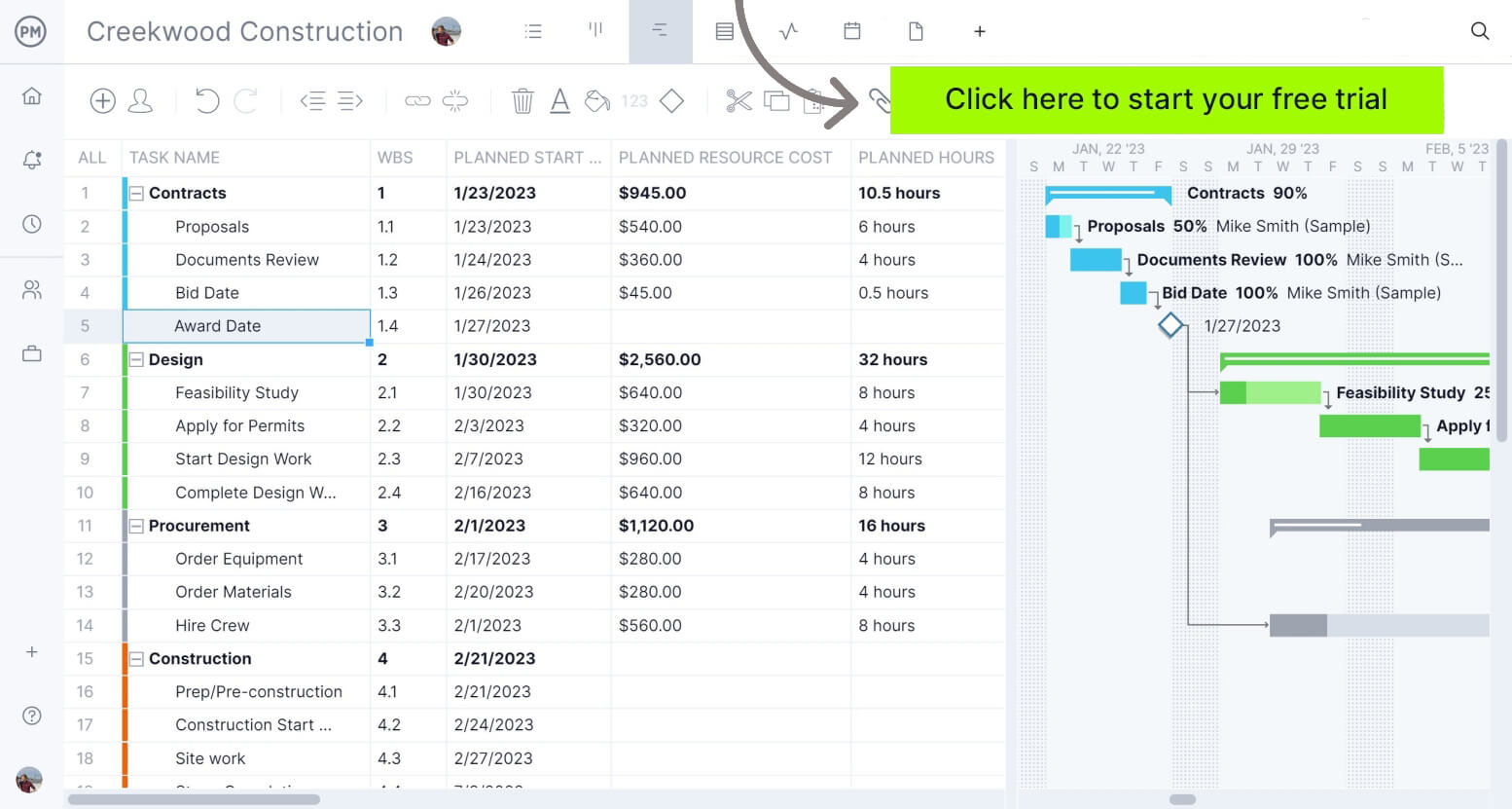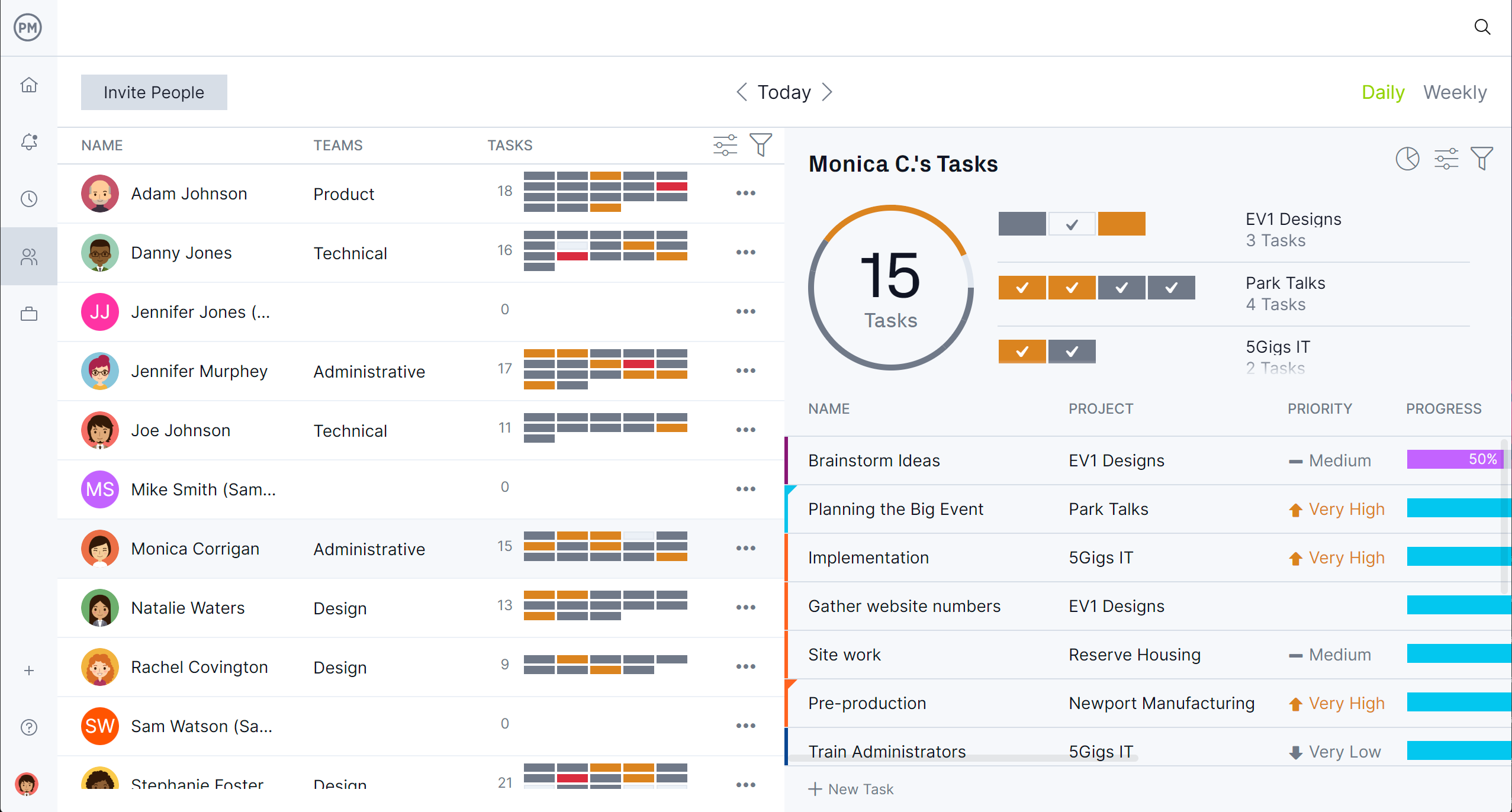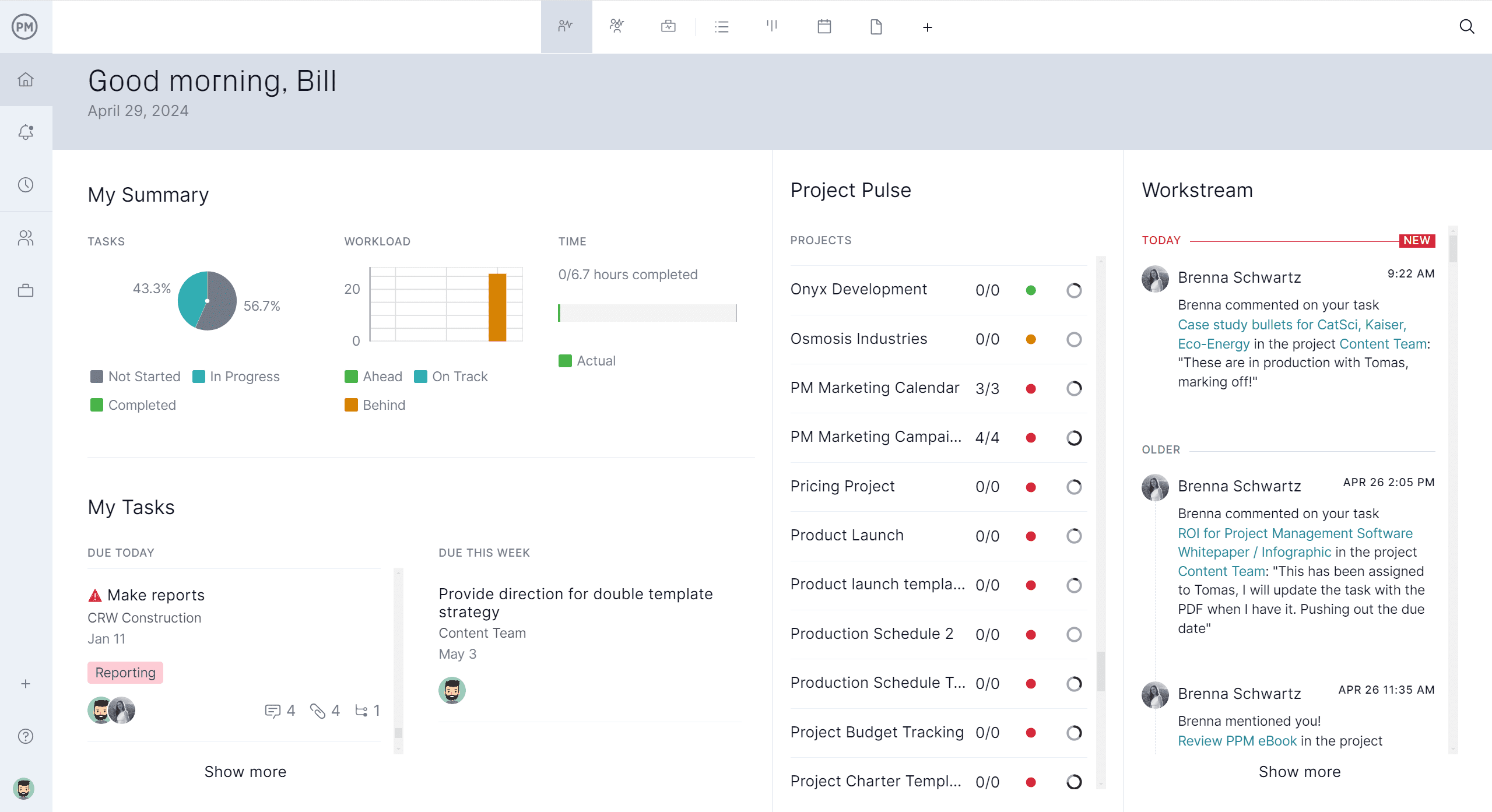Managing uncertainty is one of the biggest challenges in any project and that’s where a solid strategy becomes essential. Experienced project managers know that no matter how well you plan, unexpected costs, delays or risks can still derail progress.
That’s why having the right financial cushion built into your project plan is more than just smart—it’s critical. In this blog, we’ll look at how successful teams use management reserve to stay on track and keep projects moving forward when the unexpected happens.
What Is a Management Reserve?
Management reserve is a portion of the project budget set aside to cover unforeseen risks or unknown unknowns that fall outside the scope of identified risks. It’s not assigned to specific tasks but serves as a buffer for events that couldn’t be anticipated during planning. The typical amount of management reserve can range from five to 10 percent of the total project budget, depending on the project’s complexity, risk profile and organizational policy. This reserve is not to be confused with contingency reserve, which covers known risks and is usually built into task-level estimates.
While management reserve isn’t shown as a task on a Gantt chart, it plays a key role in interpreting and adjusting the schedule. If unexpected issues arise that impact critical tasks or delay milestones, the management reserve can be used to fund additional resources or extend timelines. This informs updates to the Gantt chart by helping project managers absorb the impact without disrupting the overall project delivery. The reserve acts as a financial and scheduling safeguard, supporting smarter decisions when changes occur.
ProjectManager’s Gantt chart is ideal for this kind of adaptive planning because it’s dynamic, collaborative and easy to update in real time. Users can adjust task dependencies, deadlines and resource assignments on the fly, and instantly see how changes affect the overall timeline. Unlike static charts in spreadsheets, ProjectManager’s Gantt chart is linked to live data from the project workspace, so it reflects the most current progress and risks. This makes it the perfect tool for managing shifts that may require drawing from the management reserve while keeping the project on track. Get started with ProjectManager today for free


Why Is It Important to Include a Management Reserve in a Project Budget?
Including a management reserve in a project budget is important because it provides a financial safety net for dealing with unforeseen risks and unexpected changes. No matter how thorough the planning, there are always unknowns that can impact cost or schedule, such as supply chain disruptions, regulatory changes or sudden resource constraints. Without a management reserve, any unplanned event could force a project over budget or off schedule, risking delays or failure.
A management reserve also gives project managers the flexibility to respond quickly and effectively when problems arise. Instead of halting progress to request additional funding or rework the entire plan, teams can use the reserve to absorb the impact and keep moving forward. This improves risk tolerance, supports more accurate forecasting and increases the likelihood of delivering the project on time and on budget.
What Unknown Risks Are Typically Covered by Management Reserve Funds?
Management reserve funds are designed to cover unknown risks—those events that are not anticipated during the planning phase and can’t be accounted for in the contingency reserve. These risks are often rare or unpredictable but can have a major impact on the project if they occur. Below are common examples of such risks that management reserve is intended to handle:
- Emergencies or Disasters: Natural disasters, fires or other emergencies that halt work or damage project assets can quickly drive up costs and cause delays.
- Critical Resource Loss or Theft: The sudden loss of key personnel, equipment failure or theft of essential tools or materials can disrupt schedules and require immediate, costly replacements.
- Economic or Political Disruptions: Shifts in currency value, inflation spikes, labor strikes or government changes can unexpectedly increase costs or restrict access to resources.
- Unexpected Stakeholder Demands: New requests from executives or clients that weren’t part of the original scope may require reallocation of time, budget or resources.
- Unexpected Scope Changes: Sometimes, previously unknown requirements surface mid-project that significantly expand the workload and must be addressed to meet stakeholder goals.
- Contractual Disputes: Legal conflicts with vendors, contractors or partners can stall progress and lead to legal fees or changes in contract terms that require additional funding.
Related: 20 Best Resource Management Software of 2025
Management Reserve vs. Contingency Reserve
Management reserve and contingency reserve are both crucial tools for managing risk in a project, but they serve different purposes and are handled in distinct ways.
Contingency reserve is budgeted for known risks that have been identified during the planning phase. These are the “known unknowns”—events you anticipate might happen, like delays from a specific vendor or weather disruptions in a certain region. The contingency reserve is included within the project’s baseline budget and is typically allocated to particular tasks or phases based on risk analysis.
Management reserve, on the other hand, is set aside for unknown risks—unforeseen events that couldn’t be predicted during planning. These “unknown unknowns” include emergencies, sudden changes in regulation or the discovery of critical flaws in scope or execution. Management reserve is held outside the performance baseline and requires formal approval before it can be accessed.
In short, contingency reserve protects against expected risks, while management reserve acts as a buffer for surprises. Both are essential for keeping projects on track and absorbing the impact of risk without derailing the overall budget or timeline.
Related Project Management Templates
In project management, staying on budget and managing risk are essential to delivering successful outcomes. To help teams plan, track and adapt throughout the project lifecycle, ProjectManager offers a suite of professionally designed templates that streamline key processes and provide real-time visibility. These free project management templates are fully customizable, making it easier to manage complexity without sacrificing control. Below are three key templates that support financial oversight and risk mitigation, helping project managers make informed decisions with greater confidence.
Project Budget Template
Download this free project budget template for Excel to provide a clear and structured way to estimate, allocate and monitor project costs. It includes line items for labor, materials, equipment, travel and other expenses, with space for planned versus actual costs. Project managers can use this template to define the budget at the beginning of a project and update it as work progresses, helping to control spending and spot discrepancies early. The template makes it easier to stay within budget and justify financial decisions to stakeholders.
Risk Register Template
Use this free risk register template for Excel for identifying, analyzing and managing project risks. It provides columns for describing each risk, assigning ownership, categorizing impact and likelihood and outlining mitigation strategies. Teams can prioritize risks based on severity and create action plans to reduce or respond to threats. The template also supports ongoing risk monitoring. With a centralized register accessible to all team members, it ensures transparency and accountability, making it easier to communicate potential threats before they become actual problems.
Budget Dashboard Template
The free budget dashboard template for Excel gives project managers a high-level view of financial performance in a visual, easy-to-read format. Using charts and graphs, it tracks key metrics such as budget vs. actual spending, remaining funds and cost trends over time. It allows project managers and their teams to monitor financial health at a glance. This template is especially useful for presenting budget status to stakeholders and quickly identifying areas where spending may be off track. It turns raw financial data into actionable insights, improving decision-making and financial control.
How ProjectManager Helps With Project Budgeting
ProjectManager outperforms templates by delivering real-time updates, automation, and collaboration that static templates can’t match. While templates require manual data entry and regular updates, our software pulls live data from across your tasks, teams and timelines to keep everything current without extra effort.
It has multiple project views—including Gantt charts, task lists and kanban boards—that let users plan and track budgets visually across teams and projects. By seeing costs tied directly to scheduled tasks and resource assignments, managers can make quicker, more accurate financial decisions and easily shift priorities to stay within budget.
Manage Resource Costs
Resource management tools also play a key role in budgeting. The team page provides a centralized view of team members, their roles and assignments so you can plan staffing costs more effectively. The color-coded workload chart shows how much each person is scheduled to work, helping identify overallocated or underused resources. By balancing workloads before issues arise, managers can avoid costly overtime or staffing shortages. These tools help align labor costs with actual capacity, improving both budget accuracy and team efficiency.


Track Costs in Real Time
Tracking tools—such as dashboards, reports and timesheets—ensure that budgeting stays aligned with real project performance. Our real-time project and portfolio dashboards offer visual summaries of cost, progress and resource use, making it easy to spot overspending or budget risks early.
Custom reports allow teams to break down expenses by task, resource or period for detailed analysis. Timesheets track labor hours in real time and link directly to project tasks so managers can compare planned costs with actual time spent. Together, these tracking features provide the financial visibility needed to stay on target and make smarter, data-driven adjustments throughout the project.


Related Contingency Reserve Content
Management reserve is one aspect of project budgeting, but there is much more to learn about. For those who care to expand their knowledge, we have links to a handful of articles that go into everything from tracking budget variance to risk mitigation.
ProjectManager is online project and portfolio management software that connects teams whether they’re in the office or out in the field. They can share files, comment at that task level and stay up to date with email and in-app notifications. Join teams at Avis, Nestle and Siemens who are using our software to deliver successful projects. Get started with ProjectManager today for free.





